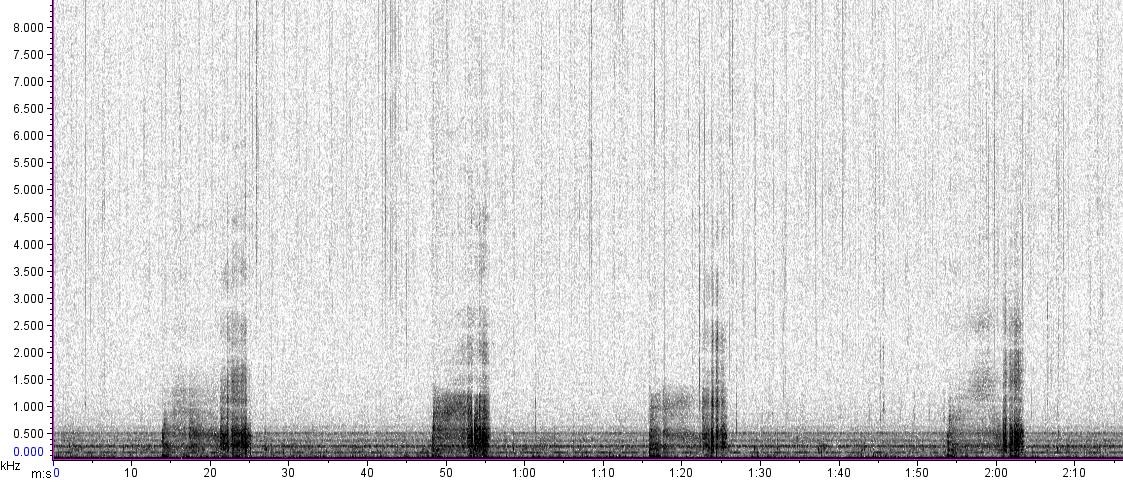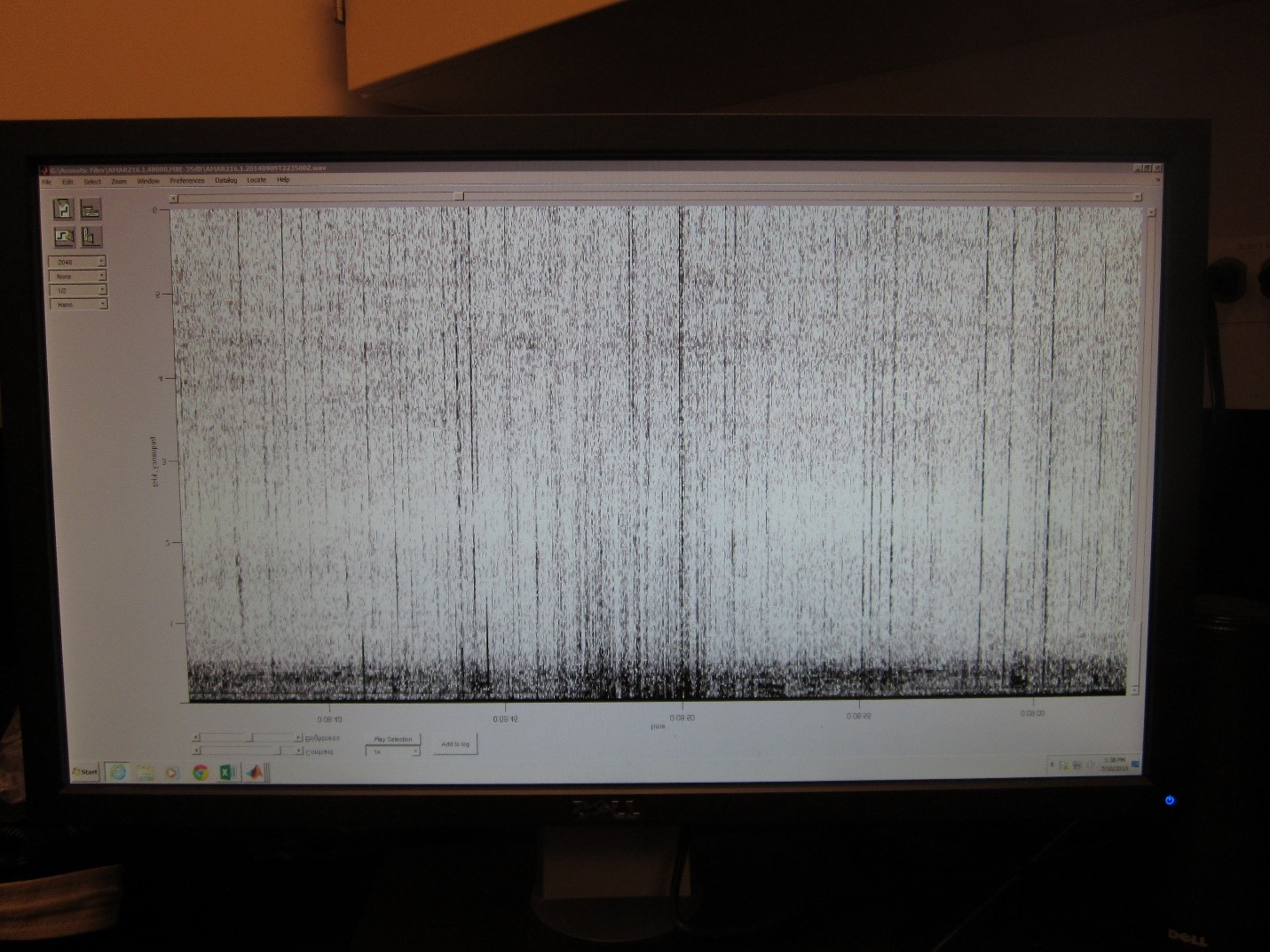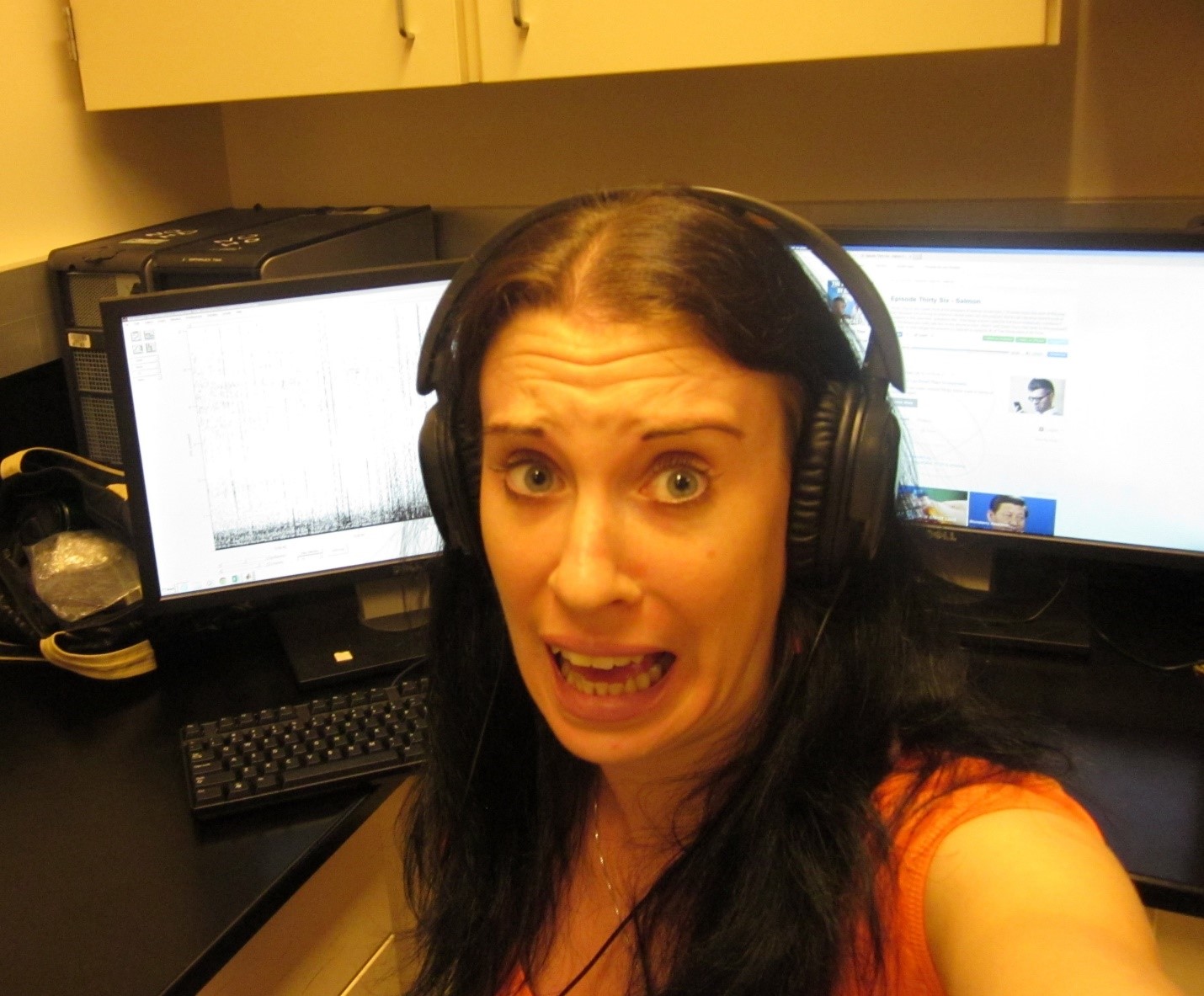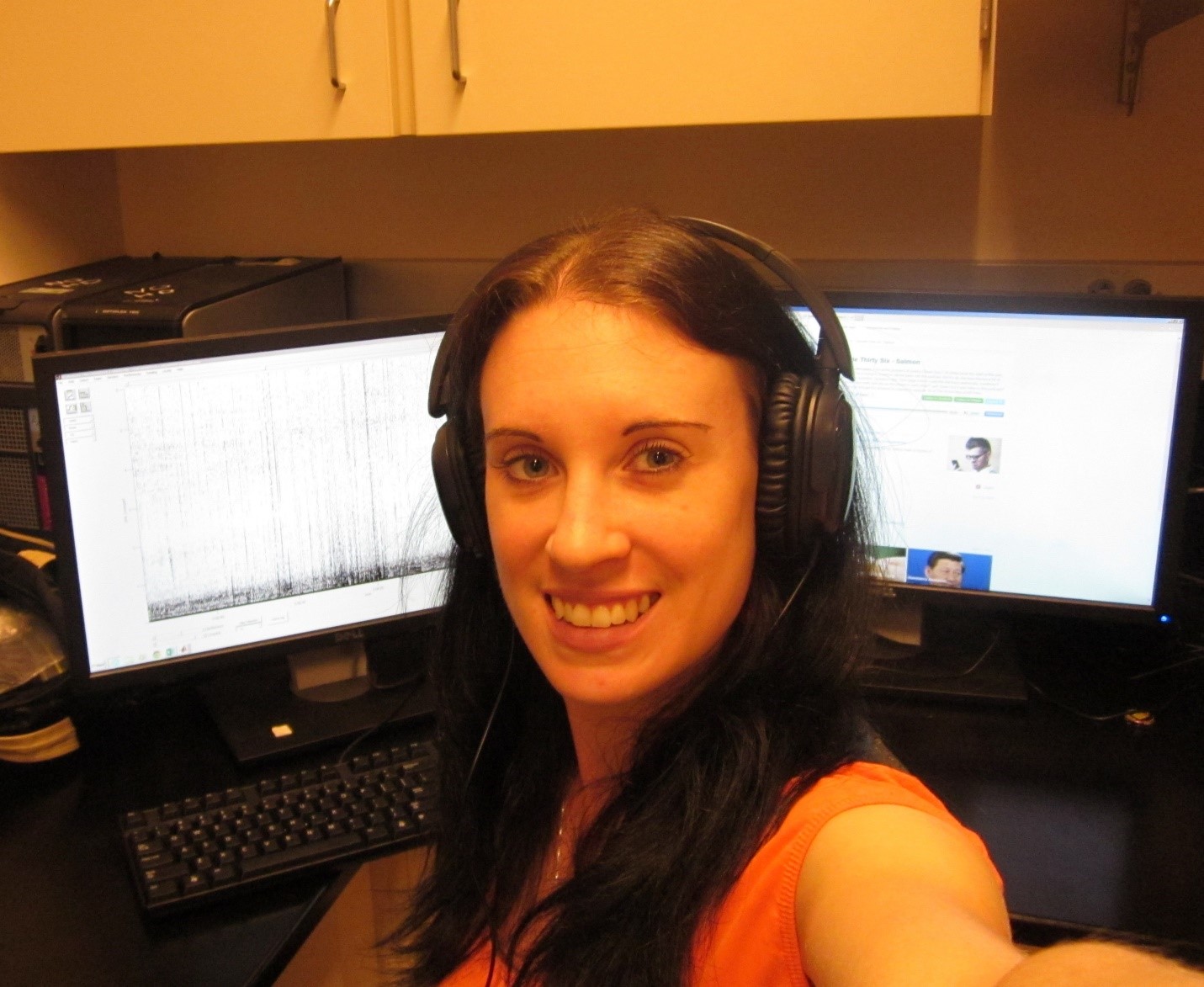July 2015
Tropical Marine Biology in Mexico, Summer 2014
Sara Spitzer, undergraduate student
21 July 2015
Like I said in a previous blog post, I went on the 2014 summer study abroad trip to Mexico with Alejandro Acevedo, Deb Donovan, and Ben Miner. It was incredibly fun and a great experience on many levels. I would highly recommend looking into it and applying. Here’s how the application process worked when I went. There was an information session during Fall Quarter, so look out for that this coming Fall (2015). There will probably be fliers posted around the Biology Building and I’m pretty sure an email was sent out by the department informing everyone of the information session. There’s an online application and an in-person interview. If you’re accepted, you’ll take a 1 credit class during Spring Quarter to meet the other Western students and prepare for the summer. You do not need to speak Spanish as the class is taught entirely in English, but knowing some Spanish is helpful when you’re out and about. Keep in mind that the class is offered every other summer and you must have completed BIOL 204, BIOL 205, and BIOL 206 successfully to be accepted. I know that can be frustrating: I went to the information session my Freshman year and was disappointed that I had to wait two more years to take the class. I felt confident that I would have done just fine, even as a Freshman. I was wrong though. This is a 400-level class. I did well in the class as someone who had just finished her Junior year, but if I had taken it as a Freshman, I would have felt lost. Class assignments include two full scientific papers, which is no easy task, but would have been extremely difficult for a Freshman who has no experience writing scientific papers. So it’s not a silly rule to keep students from applying; it’s to make sure students have enough experience to do well in the class.
I don’t know if the layout of the class will be the same for Summer 2016, but this is roughly how our class was laid out. When we arrived in La Paz, we spent the first few days snorkeling at various locations and taking pictures with underwater cameras (provided). We would then go back to the hotel and attempt to identify the marine life, including fish, invertebrates, and algae, using identification books (also provided). We selected the best 20 or so photos to submit to our professors, complete with identification labels. We also spent some time in the classrooms at La Universidad Autónoma de Baja California Sur (UABCS). We discussed physiology of tide pool invertebrates with Deb Donovan and then participated in our first guided project. We monitored the cilia on oyster and clam gill cells in various salinities to determine at what salinity they functioned most efficently. We also received lessons from the UABCS professor, Sergio Ramírez, on genetics, mitochonrial DNA (mtDNA), and polymerase chain reaction (PCR). For our guided project, he taught us how to use a molecular computer program, Arlequin, to determine how closely dolphin populations are related to one another using mtDNA sequences. Our last guided project on behavioral ecology was one we came up with together. Ben Miner sent us scientific papers about the mating behaviors of the Sergeant Major (an abundant local fish), which we had to read and summarize for the rest of the class. We then brainstormed scientific questions to ask about the study organism and what data we would need to collect the adequately answer that question. As a class, we selected several questions and went out into the reef to collect data. Although every student participated equally in all three guided projects, each student was required to write a scientific paper for only one of the projects. The professors ultimately assigned the papers, but tried to give students their first choice. Naturally, I chose the genetics paper, ‘cause genetics is awesome! Finally, students teamed up to design their own independent projects. I joined the team of an UABCS student who was ironing out the details for his senior thesis. His project involved shark genetics, which is wickedly cool. The student, Alex, and his advisor noticed that shark carcasses were being sold in the Mexican markets illegally and labelled as “marlin” or “swordfish.” To test to see if these were actually sharks, we pretended to be chefs and collected suspected shark meat from vendors in the markets. We used PCR to amplify shark-specific DNA sequences; the samples that came back positive for shark DNA were sent for sequencing. We entered the sequences into the online database BLAST to determine which species were being caught and sold. We found some of the sharks were species allowed to be sold in the markets, but they were being sold out of season, which is illegal. We also found some endangered species, including the Giant Hammerhead Shark and the Basking Shark. I’m not sure if our data could be used to prosecute vendors selling sharks illegally, but it is still an important project. Using our data, we can bring to light the fact that endangered species are being killed and need more protection under Mexican law. It was really amazing to be able to work with Alex on his project. Along with data collection, we were required to write up a scientific paper and present our findings to the rest of the class.
This class was a lot of work to be sure, but there was also downtime assigned to us as well. There was time to lounge around the pool or at the beach and chill or work on assignments. We also took cabs into town and explored La Paz. Part of what made this trip amazing was interacting with the students from the Mexican university. We asked each other questions about language, culture, and school, which was a really neat opportunity. I’m still friends with them and one student is currently visiting us in Bellingham. I would highly recommend this class if you’re looking for something exciting and educational, in both the academic and cultural sense, to add to your resume this coming summer. I guarantee you’ll love it!
Adventures in tedium
Kat Nikolich, graduate student
11 July 2015
A lot of jobs revolve around doing one small, seemingly simple task repetitively. Bagging groceries, making hamburgers, scooping ice cream, picking berries, washing dishes, and delivering newspapers come easily to mind. We do these jobs when we’re young or need the cash, and dream of graduating college and getting a job where we will be challenged; where every day brings something new and exciting, and our muscle memory for flipping burger patties is a thing of the past. So how is it that I’m sitting here day after day, doing simple and repetitive tasks until I see them in my sleep?
In the field of ecology, tedium is not a thing of the past. It is a reality, and it’s here to stay. Take, for instance, field work. Doing surveys is, by definition, something you must do exactly the same way…many, many times. That’s how you get a sample. Count the barnacles on this rock. Now this one, and this one, and so on. Listen intently for birds in this location, that location, and this one. Count the plants in this quadrat, then toss it again. You get the idea. In marine mammal behavioural biology, you spend a lot of time standing on a cliff or the deck of a boat staring through binoculars. Sometimes you alternate staring with entering numbers into a notebook. But at least in the field, you usually have company. As I’ve mentioned before, spending twelve hours a day sitting there doing the same thing ad nauseum can pass relatively quickly if you can get a good conversation, word game or sing-along going.
Field work might be tedious, but it can be fun. It’s something else entirely to do data analysis once you’re back in the lab. This is where I’m at with my project now. Using Osprey, a Matlab-based program designed by David Mellinger at Oregon State University, I can create and view a spectrogram of my recordings. A spectrogram as a type of graph that allows you to ‘see’ sound, and allows me to scroll through second-by-second and look for the spectral signature of seal calls (see photo below). When I find one, I draw a little box around it and measurements are taken which I’ll then use to compare all the calls and decide whether there are significantly different call types.

A spectrogram of seal roars. Time is on the x-axis in minutes : seconds. The y-axis is frequency, with higher-frequency (higher pitched) sounds at the top and lower pitched sounds at the bottom. The darkness of each pixel is the amount of energy (amplitude) in that frequency at that time. Seal roars are very low-frequency, and sound sort of like somebody breathing really loud into a phone receiver.
That sounds really interesting, but the reality is this:

Seal calls can be scarce, so you just have to scroll through by the second and look for them as you whiz by. Scroll. Click. Scroll. Click. Scroll. Click. SAVE. Scroll……
I need to do this with over 200 hours of recordings. There is really no way to do it automatically, so over the last three weeks my every spare second has been spent in the lab, click-scroll-clicking. This is where madness surely dwells. I have no interesting surroundings, no team to talk to, and no time to get distracted. This leaves me with a lot of time in my own mind, which eventually leads to questioning my life decisions: “What the heck am I doing here, anyway? Who cares about seal breeding calls? Shouldn’t I be helping to end world hunger or something? What should I make for dinner tonight? Did I leave the stove on in my apartment?”

When will this end?
It’s a slippery slope into madness. I tried listening to music, which helped for a bit. When background didn’t work anymore, I started a couple of really excellent internet podcasts. The attention required to follow a conversation or story in the background was sufficient to keep me distracted, and hours of click-scroll-click went by like seconds. I found myself emerging from the lab at 8pm with bleary eyes, only to fall into bed and do it for another several hours the next day. If it wasn’t for my teaching duties (I’m teaching a Human Physiology lab, and because I’ve never taken that course before, it takes a decent amount of prep work), I would have spent all my time in the lab.
Finally, last Friday at 4pm, I finished the last file. I felt like I’d scaled Mt. Everest. Finally done! From here on out, it’s just data handling, statistics and writing my thesis. I’m free and clear!

Free at last!
Until the next project…